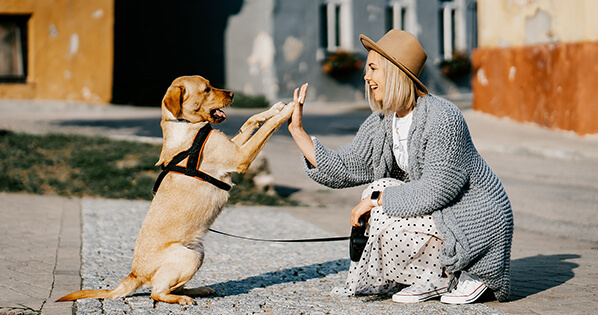
There is one simple fact that you need understand about ALL dogs– they are 99.1% similar in mitochondrial DNA to wolves. This means that the behavioral similarities they share with wolves cannot be ignored. Wolves operate on a hierarchal system, where there is an alpha female and alpha male of the pack. These Alpha’s are responsible for leading the hunts, and always are the first one to eat. In addition, the alphas are the only ones that breed and produce pups in the pack. Underneath the Alpha’s, there is a clear hierarchy in which the wolves fall in line with. This is important to understand, because dog’s follow this same structure. Every dog looks for a leader in their owner, but unfortunately does not always find it. When they cannot find a leader, a dog will naturally assume this position and begin to view itself as the alpha. This is when aggression, dominance and territorial issues may start to show. The important concept to understand is: If you do not fill the leadership role for your dog, they will fill It themselves.
So, what does it mean to be a leader, and how do you become a good one? The secret is all about using your energy to let your dog know your feelings and intentions. This energy must be harnessed and used as a commodity, when dealing with your dog. The best place to start is by creating a “calm-assertive” energy whenever you are handling your dog. The “calm” means being level-headed and never reacting with emotion. The “assertive” means not taking no for an answer and always being a strong presence to give your dog confidence. This means having your chest up, shoulders broad, head up, and being purposeful with your actions. The goal is to leave no doubt in your dog’s mind that you are the leader. If you are doing right, they will naturally look to you for direction.
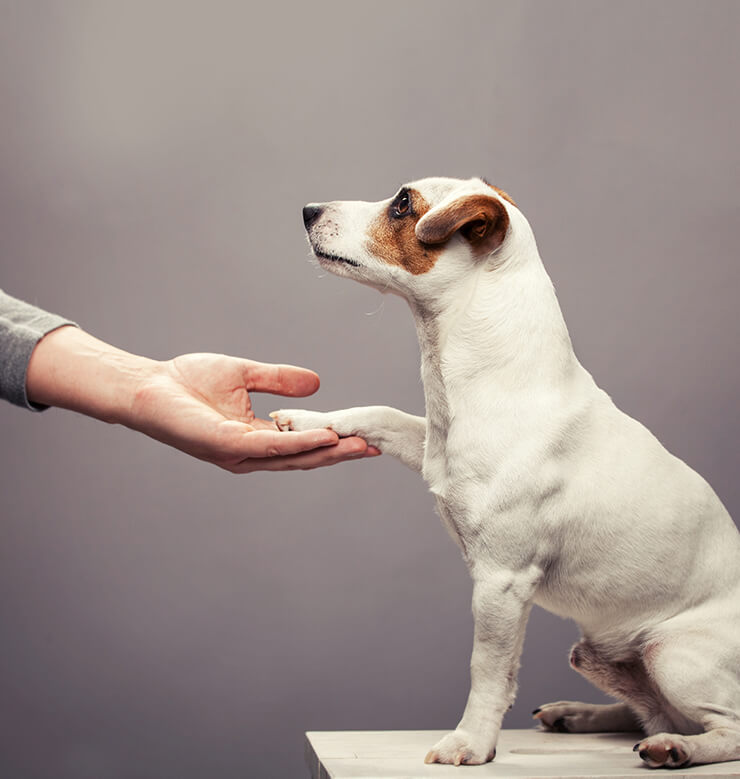
The next concept of being a great leader is the mastery of the “nothing for free” concept. This means that your dog never gets a treat, a pet, or a “good boy” unless they earned it. Teaching them to work for their reward further solidifies that you are the leader of the pack. When you pet your dog or give them a treat without working for it, they start to learn that you may be able to be taken advantage of. In training, the “nothing for free” concept applies as well. The idea is to only ever ask a command twice. If you have to ask more than twice, chances are that the dog is not listening to you and/or does not respect you. The goal is to get the dog to oblige to your command on the first try. If they do not, you can ask one more time (more firmly, and with more serious energy), before pursuing them. If they blow off your second command, walk up to them and firmly put them in whichever command you asked for. If it was “sit”, take them by the collar and put them in a “sit”. If it was a “come”, go chase them down and make them “come” to exactly where you asked the command. The goal is for the dog to understand that when you ask a command, there are no other options but to oblige your command. This concept is called “learned helplessness”, and is a powerful tool to create an obedient and well-behaved dog.
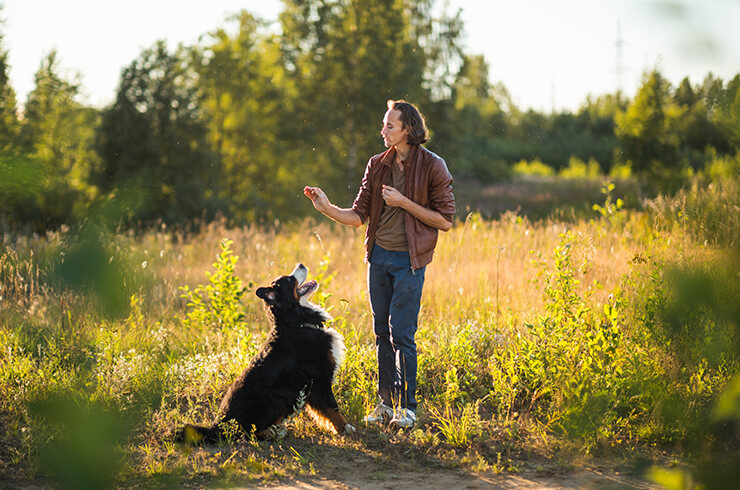
The take-away from the “nothing for free” concept is that the more you let your dog get away with bad behaviors, the more they are going rehearse and commit those same behaviors. If you are firm and do not accept these bad behaviors, they will slowly fade out and be replaced with good behaviors.
The final concept to cement a leadership role for your dog is to “Mark & Punish”. The essence of this is when your dog commits ANY undesired behavior, pursue them and sternly tell them “no!”. By doing so, you are shaping your expectations of them and constantly re-teaching them what is right and wrong. As a result, your dog will turn to you for direction in order to understand if his intentions are good or bad. Just as with “no”, you can positively reinforce your dogs with “good boy” and “yes” for positive behaviors. This whole concept is based around shaping your dogs mind so that they understand your expectations of them.
By being a strong leader for your dog, you relieve them of the stressful and unmanageable position. Dogs were not meant to lead humans, but if you give them the chance, they will assume the role. That is why it is so important to fill that role so they do not feel like they have to. Be calm, calculated, confident, and fair. Never bring emotion into your corrections, and remember be as gentle as possible, but as firm as necessary.

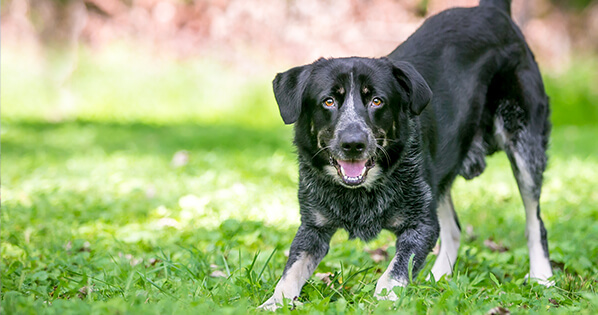
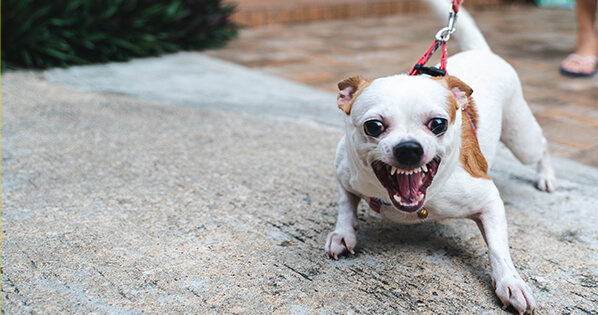
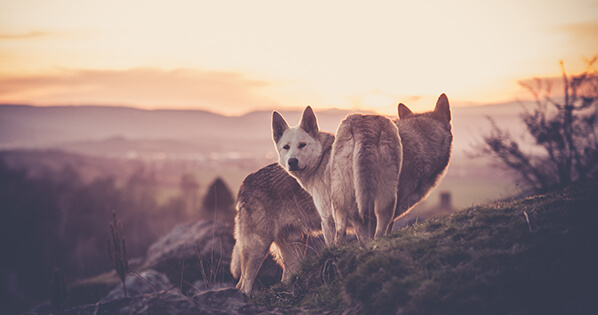
I have just found your site and feel I have learned something. Our dog is a two-year old rescue dog that we have had since he was 13 months. A Spanish Mastin, neutered before taking him. He has a very placid temperament with adults, children and other dogs. He now sits, stays and walks to heel. He responds well when on a lead, even a long (15 mtr) training lead.
Unfortunately, he develops selective hearing when off the lead. He has two main distractions [a] his nose leads him astray. The smell a wild animal (fox, squirrel, wild pig etc) will totally negate any commands to ‘come’ [b] the sight of another dog will distract him to a slightly less extent, and if caught quickly enough a command to stay is usually enough. He obviously thinks that all humans and all dogs will like him. He is no fighter (even though he is a big dog that weighs 42 Kg), and will come and hide behind me, if even a small dachshund barks or growls at him!
My real concern is that I feel unable to let him have a ‘free’ run in case he becomes distracted and causes a nuisance to others walking their dogs or, possibly worse, puts himself in danger through becoming lost or wandering into traffic. This most likely causes him some feeling of frustration and, for me, a loss of the enjoyment of seeing him having some ‘freedom’ from the lead.
I hope that persistence on my part will change his recall problems. Unfortunately, it is not possible to find the funds to use the expertise of dog trainers or behaviourists, so I have to learn the correct way to get him to learn. Any help would be most welcome.
I found a fenced in softball/baseball park is a good place to practice off lead training or deep in the woods, on a long walk. Take the dog off lead and let them get further away before you recall them. Let them drift 10 feet away then recall/reward (food, toy, affection or praise). Repeat at 20 feet, then 30 and so on until you can recall them from out of sight. Start the distance back at 10 for everytime you have to retrieve him yourself.